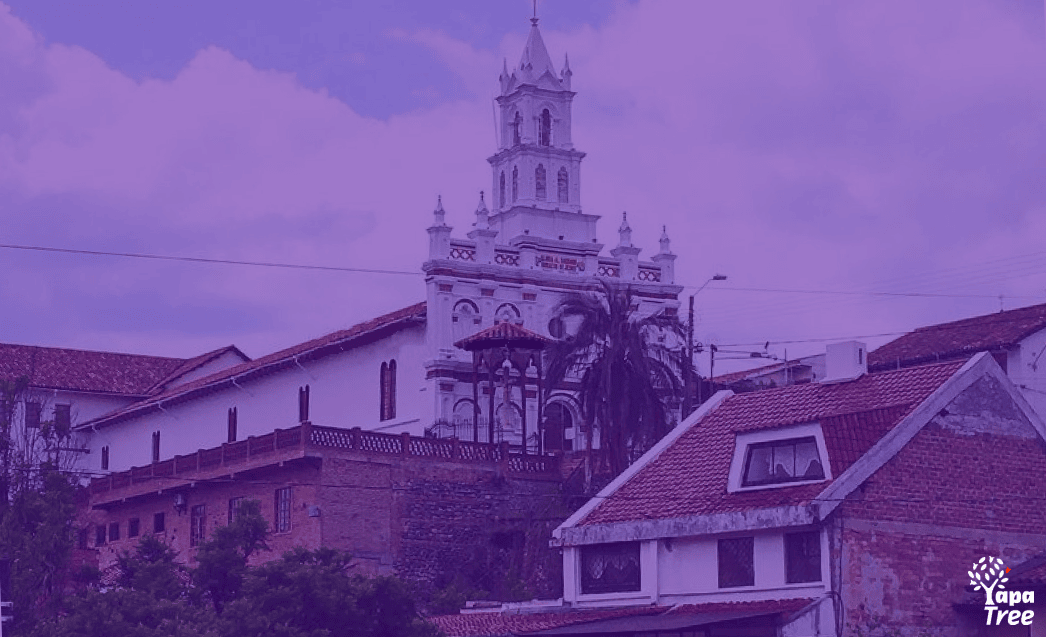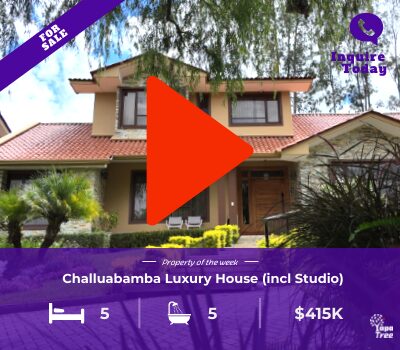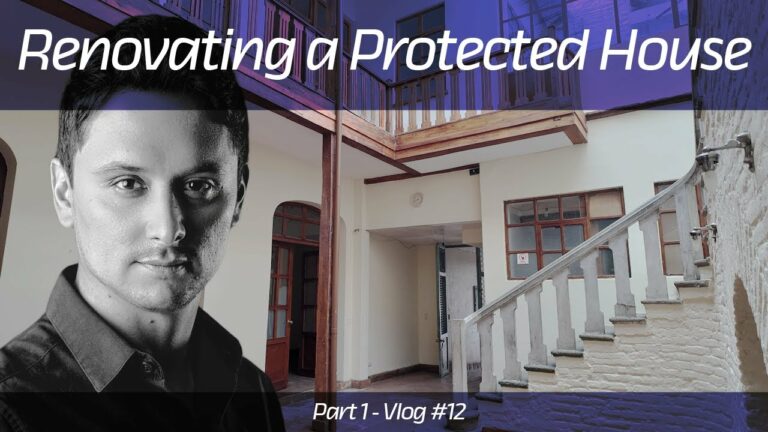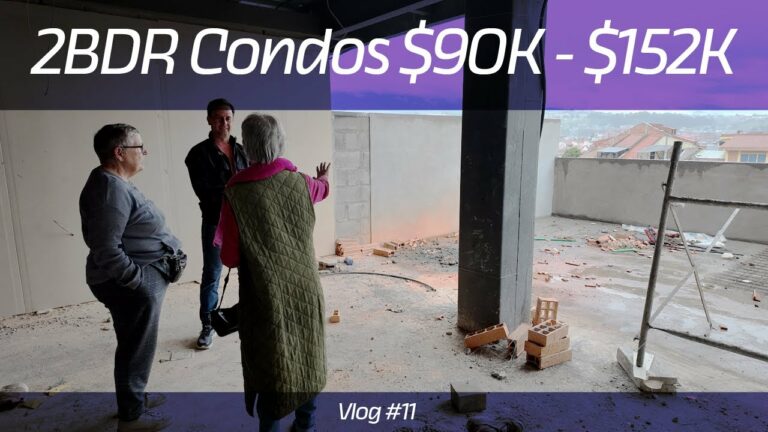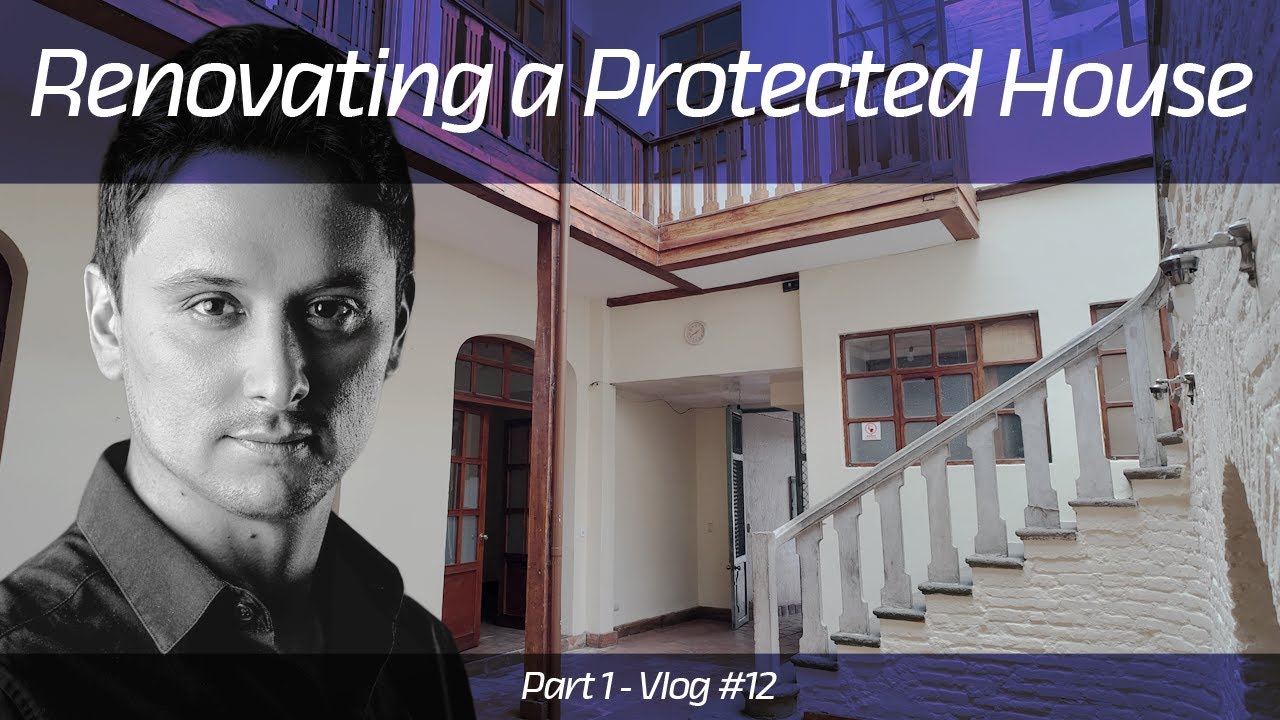I always get inspired when I gaze up at Todos Santos church and its beautiful white spire and bell tower. Because there are so many vantage points from which to admire it, I have photos from many different angles in my collection. And somehow it is a very reassuring sight.
But how many expats have actually seen the inside of the church? And how many know that it has been developed into The Todos Santos Heritage Complex containing a remarkable museum, an elegant garden, 3 restaurants, and private event rooms, all infused with an atmosphere of living history.
The complex became a full-blown, must-see destination only about 6 months ago after several years of carefully planned and executed renovations. And word is creeping out that it is time to experience the complete guided tour in Spanish or English wherein you will learn about its historical and religious history and significance and even get a glimpse of a kitchen and baking methods preserved for hundreds of years.
I took the tour twice (English and Spanish) and was knocked over. The tour fee was the best $5 I have spent all year.
Coming Up
I will briefly cover the tour of the church, museum, gardens, and a few landmarks and I will offer some insights about the restaurants and the neighborhood. I include a bit about the famous brick oven that still produces baked goods for consumption on and off the premises. Here we go!
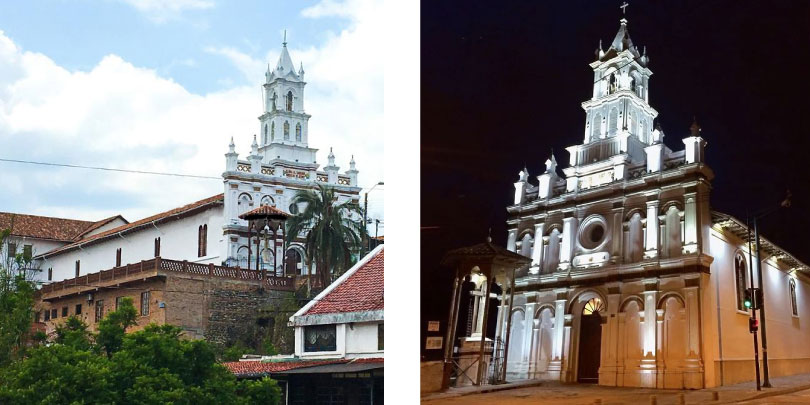
The Tour
The complete tour lasts about an hour and takes you through the interior of the church, the museum, the gardens, and the dining establishments. No gift shop – yet -unless you count the cafeteria that sells chocolate worth giving as a gift. And you could.
Todos Santos Heritage Church
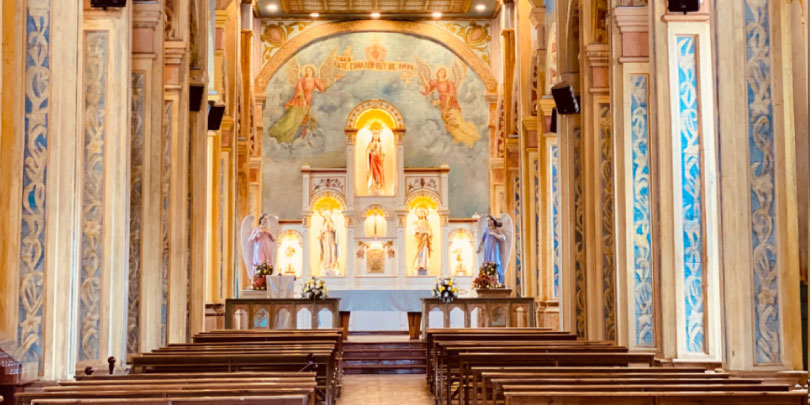
There is abundant history to absorb, and history buffs can gorge on all the details simply by reading the displays and listening to their tour guide. So, I will share just a little history in this article to whet your appetite.
A few years before the founding of Cuenca in 1557, the first Spanish settlers built a small hermitage on this site over an ancient Cañari – and later Inca – worship site. It is recorded that the first Catholic mass was celebrated in a chapel that existed in the place where the church stands. And the place is the site of the first church built in Cuenca.
On April 8, 1892, Father Julio María Matovelle, founded “The Congregation of Religious Oblates of the Most Holy Hearts of Jesus and Mary”. The Congregation began with five sisters called co-founders: Amalia and Virginia Urigüen, Rosaura Toro and Josefa, and Micaela Iñiguez.
The nuns of the Oblates religious order still live in the attached convent and run it as well as The Heritage Complex. They are chiefly responsible for its development and renovation into a tourist destination as a means to sustain the facilities by opening them to visitors and diners. Their future plans include overnight guest accommodations.
Like other well-cared-for churches in Latin America and Europe, the inside is awe-inspiringly beautiful and is filled with paintings, sculptures, statues, crypts, and gorgeous stained glass windows, complemented by elegantly repainted columns and walls.
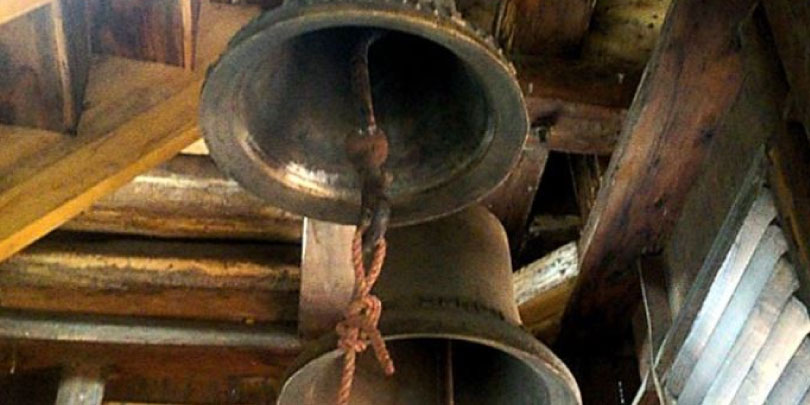
After getting the tour of the sanctuary, take advantage of the stairways at the back of the church to climb up into the different levels. The guide will proudly show off interesting surprises on each level like the antique keyboard instruments and the belltower where you get one-of-a-kind Cuenca views and actually ring the bells.
Extra big/tall gringos should be aware that the wooden stairways are extremely tight and entranceways are very short.
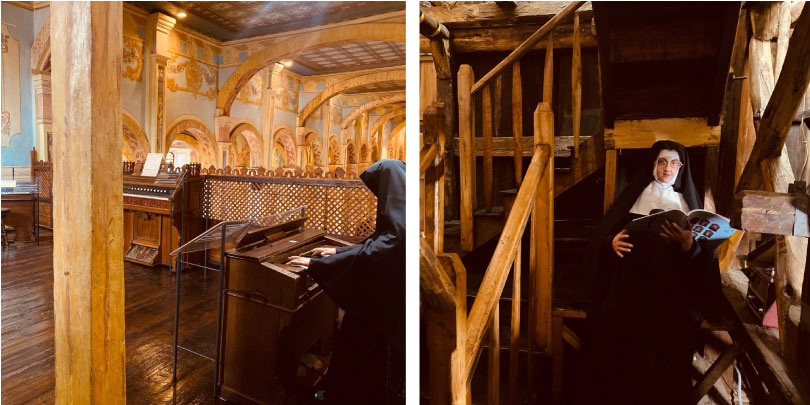
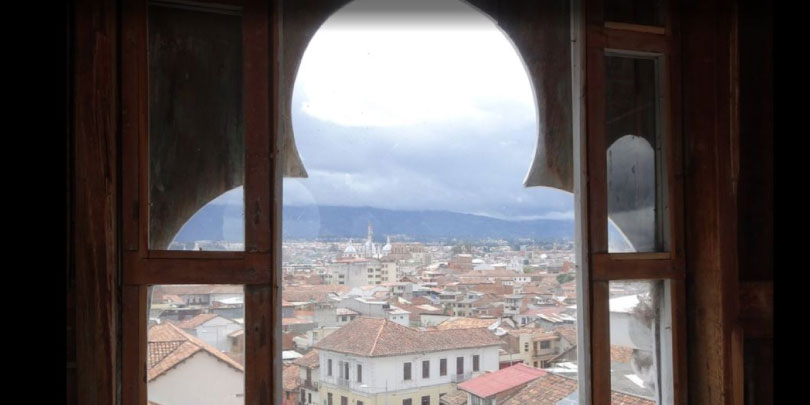
Mother Amalia Uriguen Museum
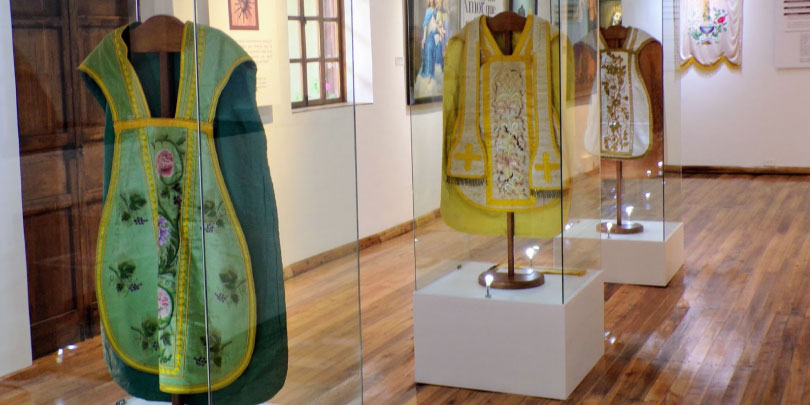
This museum presents thematic religious and historical exhibitions by season with the current exhibition called “Memories of a Love that Redeems” featuring many forms of art: paintings, sculptures, and fabric, many incorporating the Sacred Heart of Jesus. The Sacred Heart of Jesus is an icon found around the church, engraved on its doors, and in the artwork throughout the museum and its grounds.
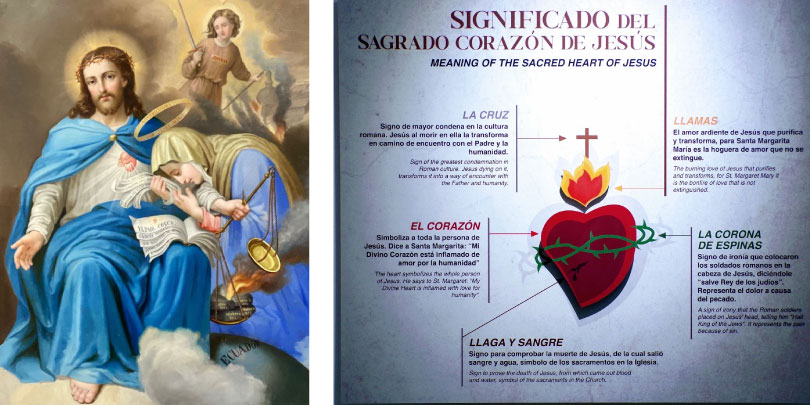
Los Nogales Heritage Garden
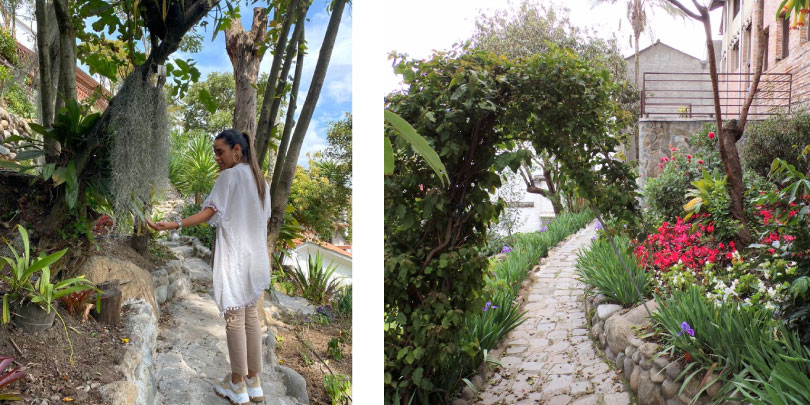
The tranquil, patrimonial garden shows the diversity of native plants and their uses. Here you will find purple lilies and classic Cuencan orchards.
Since 1895 the Oblate Sisters have planted corn, barley, and beans, medicinal and decorative plants as well as fruit. There are 3 walnut or tocte plants and 1 cedar tree over 100 years old, standing 25 meters tall. Look closely and you may see hummingbirds, parrots, and sparrows. Muy tranquilo.
The World Monument Fund, under the auspices of the Fundación Conservarte Ecuador, restored the garden in 2011. Now the congregation maintains it.
Other Todos Santos Landmarks
Todos Santos Archaeological Ruins
The ruins, part of a colonial mill, were discovered in 1972 when excavations were underway to construct a house. Interestingly, the first piece found was an Inca monolith.
The archaeological ruins are about 300 meters from the church, on a small plot of land right on the corner of Todos Santos Street and Calle Larga near the Tomebamba River and the ruins of Pumapungo.
Todos Santos Cross
Right next to the church’s entrance stands one of the four crosses that defined colonial Cuenca. After the arrival of the Spaniards, a cross was placed on the outskirts to mark the city boundary. It is not known exactly when it was placed there, but we know that the original used to be very close to the current site. In Inca times, the road between Cuenca and Cuzco began where the cross is now. The marble cross has an engraving of the heart of Jesus in the center of the cross.
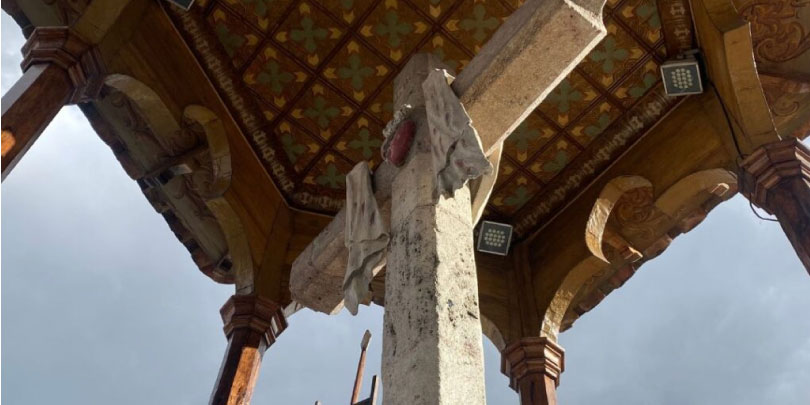
Dining
The cuisine of Cuenca is featured in the dining establishments. It includes potatoes with cuero, potato locro, roasts, bread, fried humitas, tamales, quimbolitos, quesadillas, coffee and superb chocolate. Each restaurant is very different from the others.
CURU Restaurant
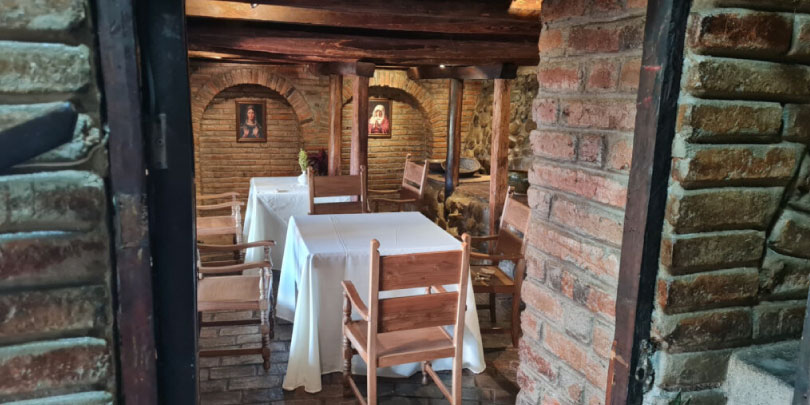
CURU offers elegant, Ecuadorian cuisine based on native and global products implemented with both ancestral and modern techniques.
Our publisher, Jason Scott, is a fan of the place: “A lovely patrimonial property with exposed wooden beams and Cuenca’s oldest oven right next door.
The food is always a little different and surprising, which keeps me coming back. The only real warning is that the serving sizes are not exactly ‘gringo-friendly’. But, you can always top yourself up with some bread cooked in the old oven and hot chocolate, as we did.
For $4, I consider it an exceptional value. You will need to book in advance. They have 3 lunch sittings: 12:30, 13:40 & 14:00.”
Curu serves 3 menus:
- Lunch menu: Monday to Friday from 12:30 p.m. very reasonably priced meals served in one of several rustic but lovely dining rooms
- Saturday menu: a 5-course menu you can enjoy every Saturday from 12:30 p.m.
- Tasting menu: 7-course meals on Thursdays, Fridays, and Saturdays from 7:30 p.m.
WhatsApp: +593 99 413 9861 to book.
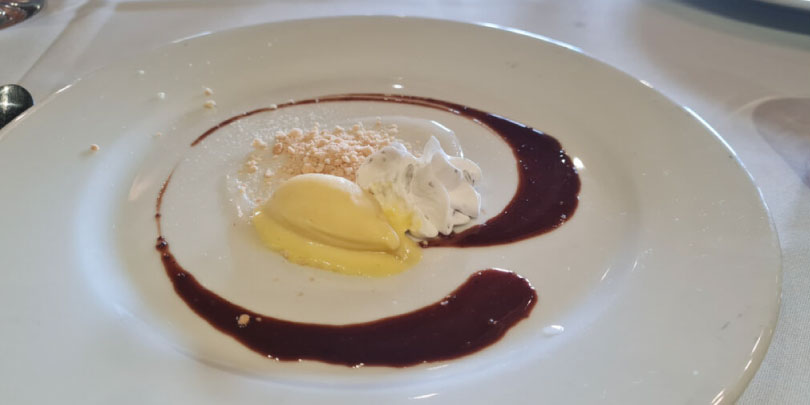
Cafeteria Popular
This restaurant on the Terrazza del Cielo overlooks the river and the newer part of Cuenca, cooks up traditional Ecuadorian meals and snacks as well as other favorites, and serves from a full bar. It also features coffee produced by the family that owns the restaurant and the views from the terrace pair wonderfully with the organic coffee.

Hannan
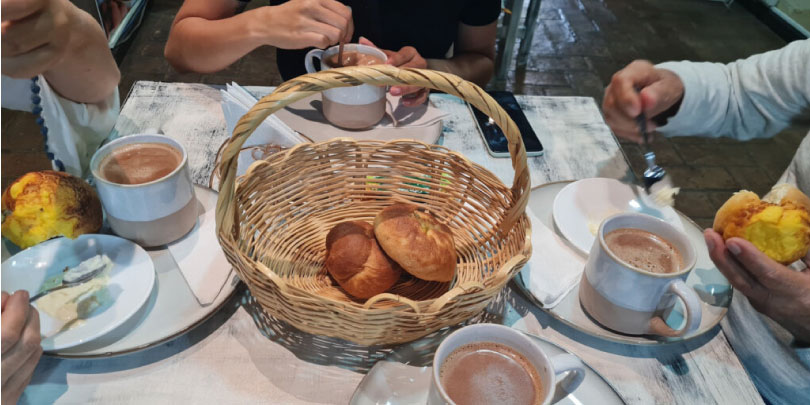

A bakery and chocolate shop, Hannan Chocolatier restaurant offers locally produced chocolate varieties specially created for the Todos Santos restaurant and coffee from Yunguilla. The chocolate is from Paccha and is paired with local foods like sambo, oranges, mint, broad beans, and peas. Baked goods from the convent’s wood-fired oven are also available.

The Brick Oven
The adobe, brick “mother oven” of the Oblates order has not changed since its creation in colonial times. It proudly sits in the middle of the complex where visitors can easily find it and in a space with a view of the Tomebamba river. The oven continues to produce baked goods for the convent, the school, and visitors.
In 1884, the Oblate Mothers arrived in the neighborhood, and with them, the production of bread expanded to pastries. Since then, the neighborhood has been known for its bakeries with the bread still baked in traditional wood-fired ovens.
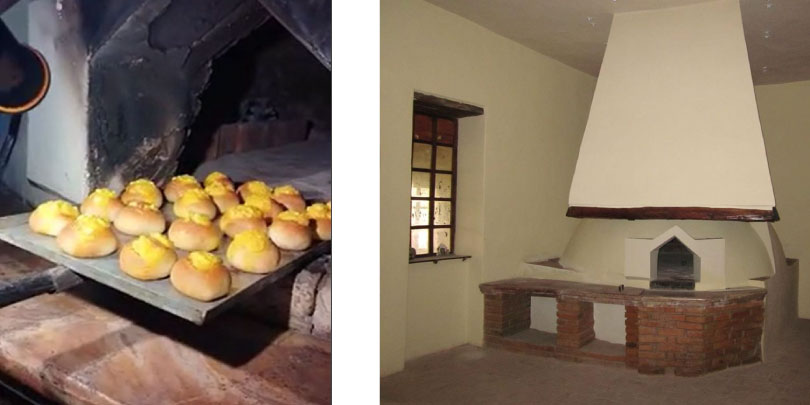
Neighborhood
This part of Cuenca blends history, traditions, archaeology, landscape, architectural development, and El Barranco.
Todos Santos and its structures are a central part of the landscape of El Barranco which is the descent after the El Vado ascent, providing a connection between the Historical Center and modern Cuenca.
The church and grounds sit on Calle Larga, one of the oldest streets in the city. Its Terazza de Cielo offers fine views of the mountains and the Puente Roto (Broken Bridge). The flooding of the Tomebamba on November 3, 1950, made the bridge the eternal watchtower of the river. Conversely, Puente Roto is a great place to look back at the El Barranco landscape and shoot photos of the complex.
Also within easy view from the complex are the Pumapungo Archaeological Complex as well as the delightful walk and bike path along the Tomebamba River that parallels Calle Tres de Noviembre and is full of restaurants and hotels.
Just across Calle Larga from Todos Santos sits The Museum of Aboriginal Cultures specializing in Ecuadorian archeology and indigenous artifacts. It first opened in 1992 when it was established by the Cordero López family.
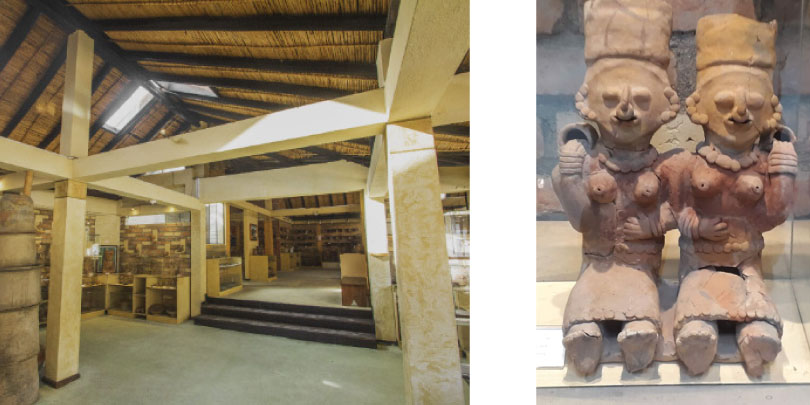
Regular Events
The complex host’s regular events like the Meditation Workshop on Tuesday, May 30. Check their Facebook page for updates.
Wrapping up
Todos Santos has been upgraded to a “trendy” Cuenca destination. And I trust you now see how much it can offer you. Wandering around the property and sampling the restaurants could make for a fun half-day getaway. So, go and enjoy it already! And let us know what you think in the comments.
Finding Todo Santos Heritage Complex
- The intersection of Calle Larga and Mariano Cueva Google Maps
- Facebook www.facebook.com/todosantoscuenca
- Whatsapp +593995924649 for tours and information
- English-speaking guide: Esteban Ortiz +593 97 991 3434
- [email protected]
Hours of operation:
- Tuesday – Friday: 8:00 am – 4:30 pm
- Saturday 9:00 am – 4:30 pm

